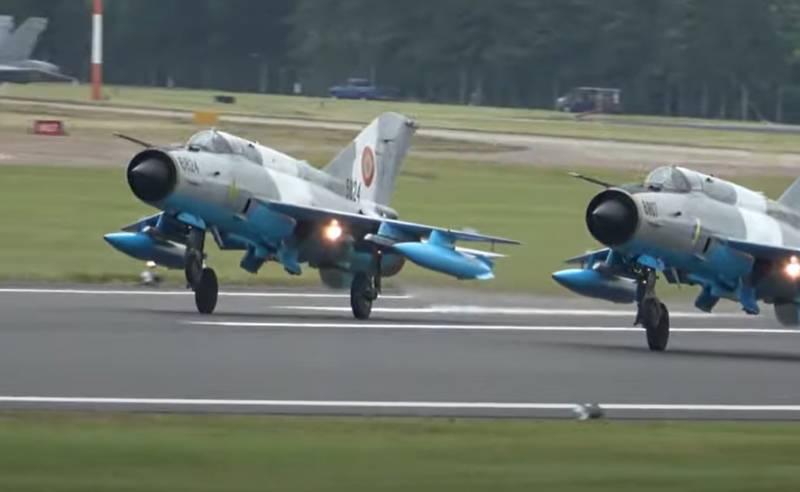
Known as the “Balalaika,” the MiG-21 aircraft holds a distinctive place in aviation history, as recounted by aviation expert Matthew Burshett in one of his insightful videos. The moniker stems from the aircraft’s unique triangular wing configuration, setting it apart as the pioneer among Soviet MiGs and granting this frontline fighter an unmistakable profile.
Taking to the skies for the first time in 1959, the MiG-21 entered service as a classified 3rd generation fighter. Its legacy endured within the Soviet Union until 1985, while overseas versions such as the J-7/F-7 continued production well into the 21st century, marking a timeline that stretched until a recent point.

Within the borders of the USSR, an impressive production run saw over 10,000 units of the MiG-21 manufactured, effectively earning it the distinction of being one of the world’s most prolific fighters. Even today, numerous nations continue to deploy the MiG-21, with one notable stage being its involvement in operations within the Syrian Arab Republic. Here, its role often shifts towards that of a bomber or attack aircraft.
The enigma behind the MiG-21’s enduring success and widespread adoption lies in its simplicity and reliability. As straightforward as the strum of a balalaika, yet as versatile as a symphony, this aircraft possesses an innate ability to adapt to diverse situations. With the integration of advanced avionics, the MiG-21 can lock horns with more contemporary adversaries, as evidenced by its utilization in the Indian Air Force.

The Sky Artist channel, known for its captivating narratives, delves into the words of American commentator Burchett, who paints a vivid picture of the Soviet combat vehicle through a spectrum of colors. However, as with any historical account, there are occasional inaccuracies that require correction.
In retrospect, the MiG-21’s journey through time has left an indelible mark on aviation, from its groundbreaking design to its lasting impact in conflicts worldwide. As we reflect on its remarkable story, the “Balalaika” remains a symbol of innovation, adaptability, and the pursuit of excellence in the skies.





